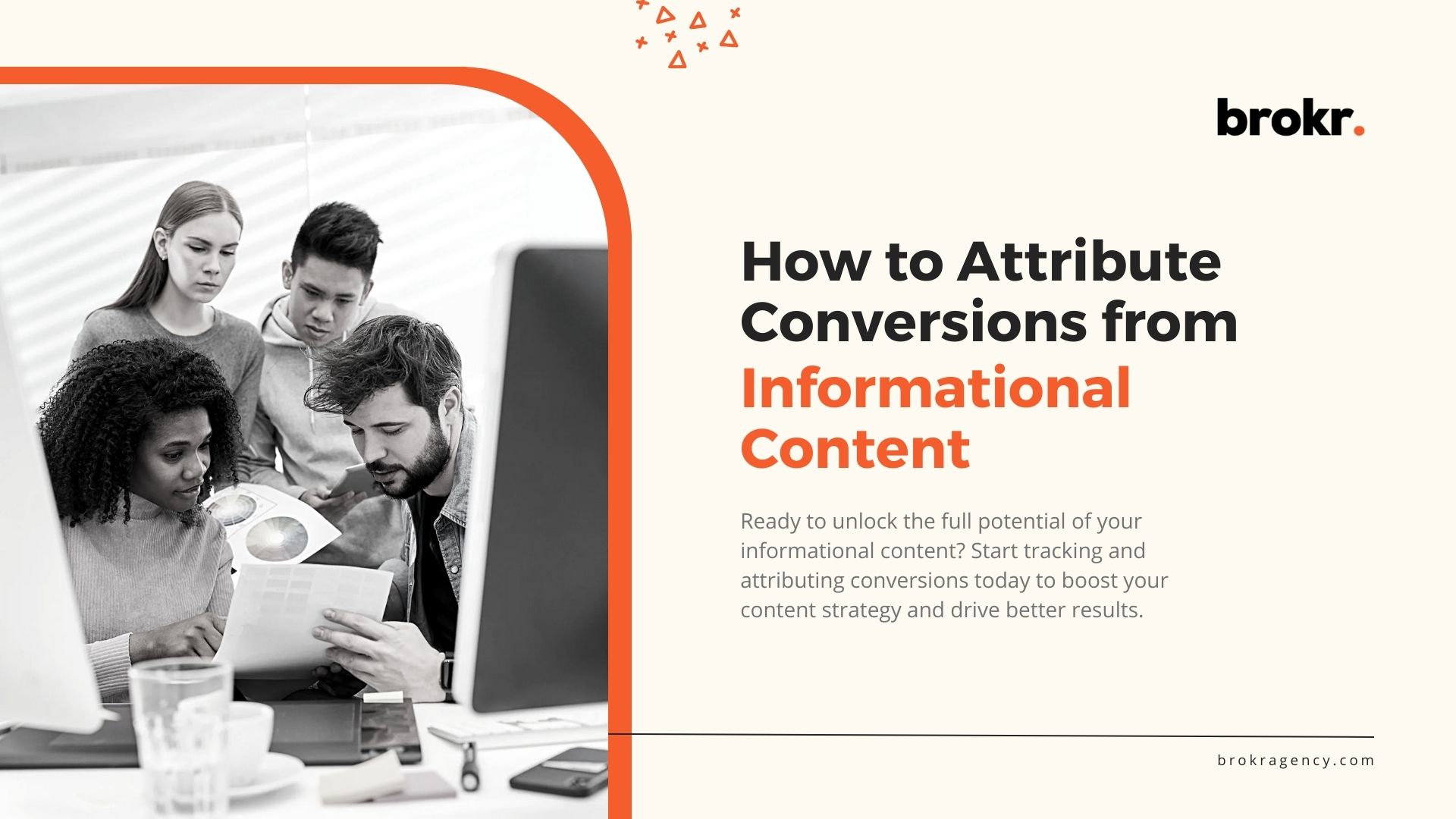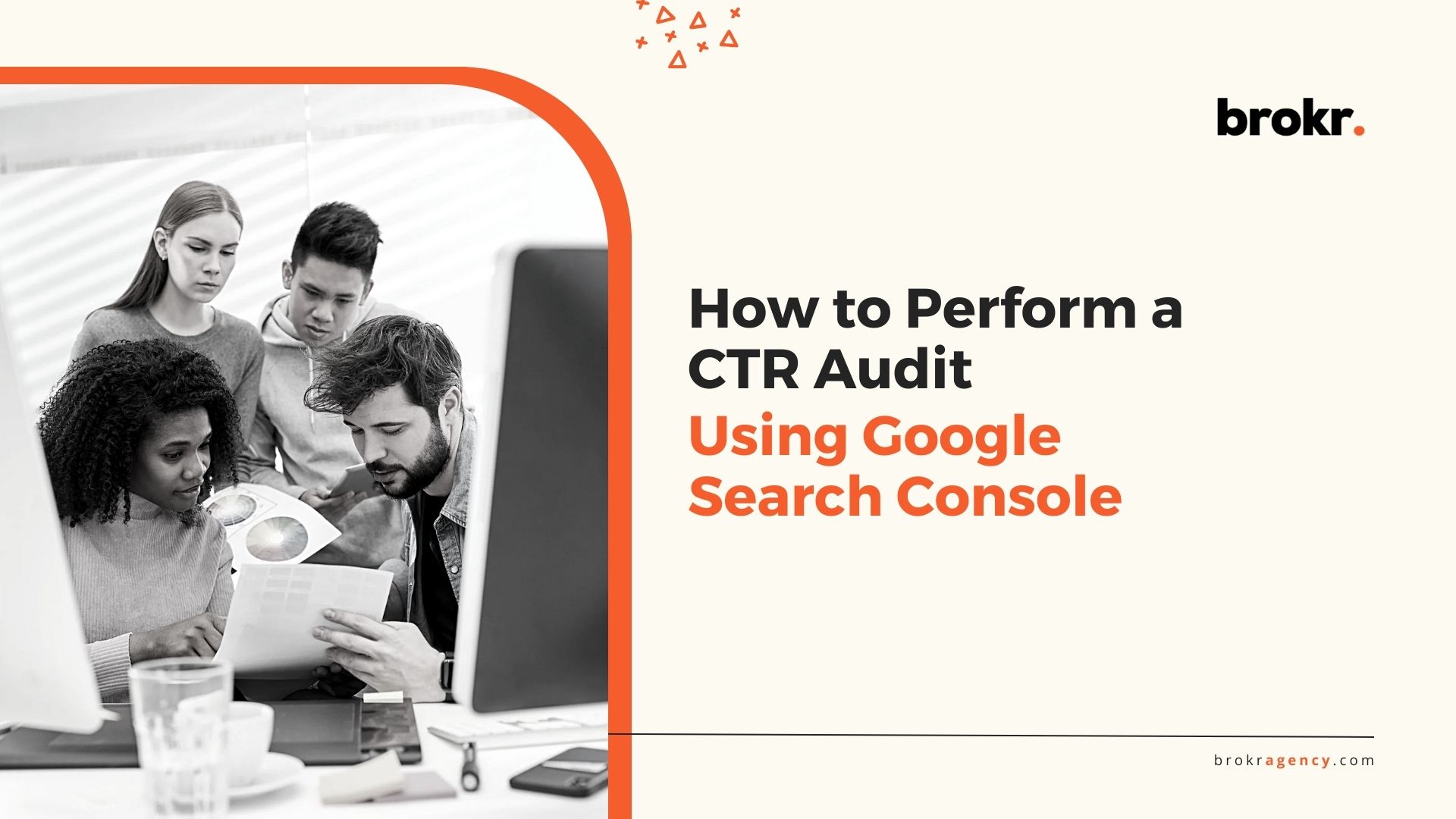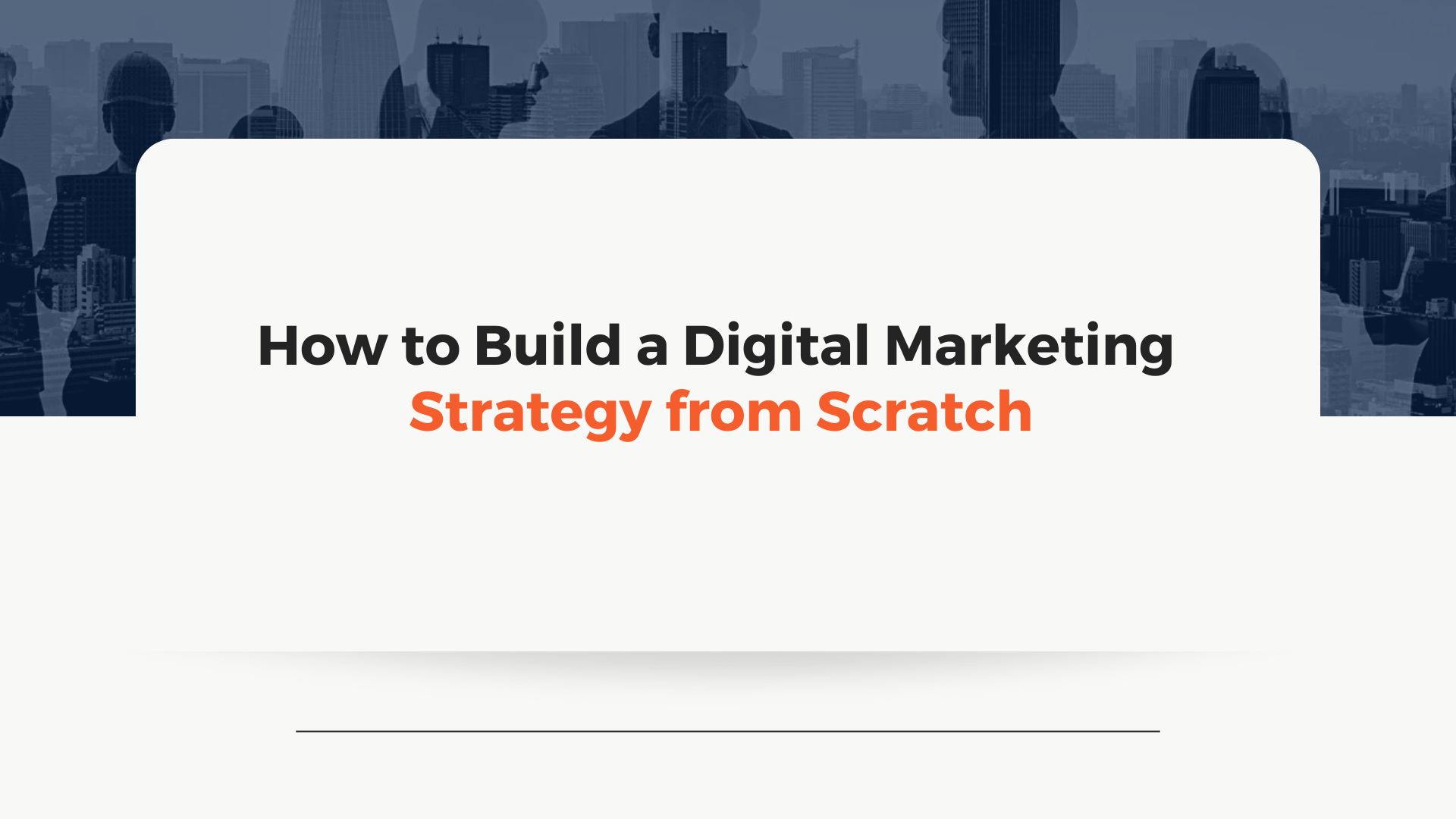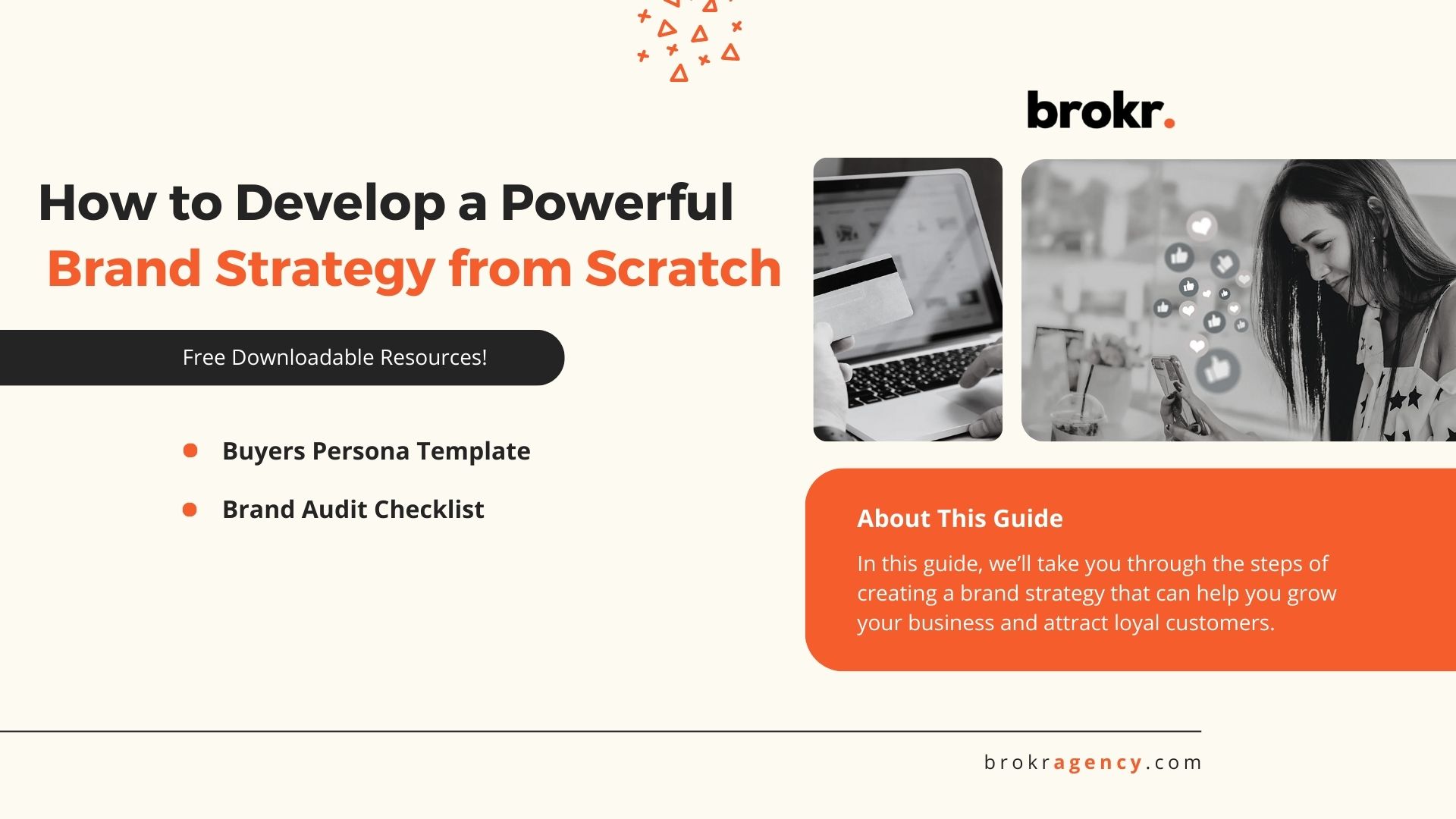Many marketers struggle to prove the conversion potential of informational content, especially when using first-touch attribution models. While transactional keywords typically drive direct conversions, informational content plays a crucial role in nurturing potential customers and influencing their decision-making process.
In this guide, we’ll walk you through a step-by-step approach to attributing conversions to informational content using GA4 and other tracking methods.
Why Attribution of Informational Content Conversions Matters
Attributing conversions to informational content is crucial for understanding its true impact on your business. While informational content typically doesn’t drive immediate sales like transactional pages, it plays a significant role in nurturing potential customers. By accurately tracking the influence of your informational content, you can demonstrate its value in guiding prospects through the customer journey, building trust, and eventually leading to conversions. This ensures that you give credit where it’s due, allowing you to optimize your content strategy for greater ROI and align marketing efforts with actual customer behavior.
Step 1: Adjust Your Attribution Model in GA4
GA4 defaults to last-click attribution, which often undervalues the role of informational content. To get a more accurate picture:
- Navigate to Admin → Attribution Settings in GA4.
- Switch to Data-Driven Attribution (DDA) to better track the influence of informational pages.
- Use Path Exploration Reports to analyze how users who first interacted with your blog later converted.
Step 2: Set Up UTM Tracking for Better Data Collection
If you rely on lead forms or service inquiries, tracking UTMs can help attribute conversions:
- Add UTM parameters (source, medium, campaign, and content) to your blog post URLs.
- Integrate your UTM data with a CRM to track if users who entered via an informational page converted later.
- Analyze CRM data to map first-touch interactions with final conversions.
Step 3: Analyze Assisted Conversions in GA4
Informational content often contributes to conversions later in the funnel. To identify its role:
- Go to Advertising → Conversion Paths in GA4.
- Look at how many times your blog pages appear as a touchpoint before a conversion.
- Compare these interactions with your transactional pages to see their influence.
Step 4: Link Google Search Console (GSC) to GA4
Understanding the keywords that drive traffic to informational content can help demonstrate their conversion potential:
- Link Google Search Console with GA4 under Admin → Property Settings → Search Console Links.
- Check which search queries bring users to your blog posts.
- Monitor if those users return later and convert by analyzing returning visitor data.
Step 5: Track Micro-Conversions as a Proxy for Future Conversions
Since direct attribution is challenging, monitor micro-conversions such as:
- Email sign-ups – Track how many users subscribe after reading informational content.
- Lead magnet downloads – See if users download resources (e.g., eBooks, whitepapers) after engaging with a blog.
- Engagement metrics – Track time spent on site, scroll depth, and page visits to see if users move toward service-related content.
Step 6: Identify High-Intent Informational Content
While broad informational content may not drive direct conversions, certain content types perform better:
- Comparison posts (e.g., X vs. Y) – These often attract decision-stage users.
- Case studies & success stories – Demonstrate expertise and build trust.
- “How-to” guides with soft CTAs – Convert users by subtly leading them toward services.
Final Thoughts
Informational content may not drive immediate conversions, but it plays a vital role in the customer journey. Using the right tracking and attribution methods, you can prove its impact and optimize it for higher conversion potential.
By implementing the steps above, you can gain a clearer picture of how informational content contributes to business growth and ensure it gets the credit it deserves.






